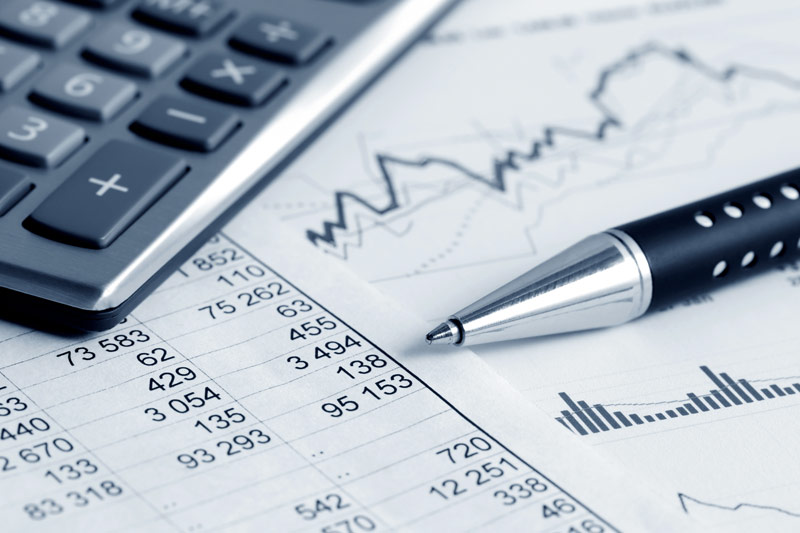LONDON (Reuters) -This week will have plenty to keep financial market traders and investors busy, including whether the Federal Reserve really has hit peak rates, another possible rate rise in Australia, a batch of European bank earnings and the continuing conflict in Gaza.
Here’s your week-ahead primer from Marc Jones and Dhara Ranasinghe in London, Kevin Buckland in Tokyo, Tom Westbrook in Singapore and Lewis Krauskopf in New York.
1/GRAND PLANS
Having marched interest rates all the way to the top of the hill, investors are now wondering whether the grand old dukes of the central bank world – the Fed, ECB, BoE & co – might soon be marching them down again.
Take the ECB — with euro zone inflation coming down fast and the economy heading for either stagnation or recession money markets now see rate cuts starting in April while for the BoE in Britain it is next August.
The U.S. economy still looks impressively robust, but even there cracks are starting to show, if the sharp contraction in manufacturing data is anything to go by.
No wonder markets see a 80% chance that the Fed’s brutal 20-month tightening cycle is over and that rate cuts could begin as soon as June.
That light at the end of the tunnel has meant world stocks have just had their best week of the year so far. So watch closely to see if the top central bankers push back against the cut chatter until inflation is truly tamed.
2/YO-YO YEN
FX traders spent months nervously watching the yen inch towards 150 per dollar only to see the Bank of Japan itself shove it well over the line last week with a decidedly tepid plan to dismantle its decade-old stimulus programme.
The yen shot straight back up when the markets sensed the Fed might finally have reached peak rates so next week could be an interesting one.
While worries about 150 as a trigger have surely been washed away, the risk of BOJ intervention remains very real because both a weak yen and the current prime minister are increasingly unpopular with the Japanese public.
And as any top central banker will tell you, the time to intervene in your currency market is just after the tide has turned and the wind is on your back.
3/CHURNING THE EARNINGS The U.S. earnings recovery that investors had been hoping for after a lukewarm first half of the year is so far coming to pass, but a number of major tests are still to come. With over 300 companies now reported, earnings are estimated to be up 5% year-on-year with about 80% of firms coming in with forecast-beating numbers. Heavy hitters this week include eBay (NASDAQ:) and D.R. Horton on Tuesday and Walt Disney (NYSE:) and Biogen (NASDAQ:) on Wednesday. Later in the month, investors get to size up some of the major U.S. retailers as well as the big winner of this year’s AI frenzy, Nvidia (NASDAQ:).
In Europe it’s all about the money and the metal, with UBS on Tuesday, Commerzbank (ETR:) and ABN Amro on Wednesday, steel giant Arcelor Mittal on Thursday and insurance heavyweight Allianz (ETR:) on Friday.
4/ONE MONTH IN
This week marks a month since the deadly attack by Hamas in Israel triggered the worst escalation of the long-running Middle East conflict in decades.
Israeli forces have pushed into Gaza City in the north of the Gaza Strip, but are facing resistance from militant hit-and-run attacks from underground tunnels. Gaza health authorities say the Palestinian death toll now exceeds 9,000.
For those in the financial markets watching nervously it is a crucial moment. Safe-haven gold has surged almost 10% since the troubles ignited but the initial spike in oil prices, triggered by fears Iran could be drawn into the crisis, has fully subsided and even Israel’s has started to bounce.
The situation could quickly spiral again, though. An increasing number of countries are calling for a pause in hostilities, Hezbollah is agitating, while U.S. Secretary of State Antony Blinken is visiting Israel, Jordan and other countries in the region in the coming days for a new round of diplomatic talks.
5/ RACE DAY RATE HIKE
The famous Melbourne Cup horse race runs on Tuesday, but some of the shortest odds are on an central bank rate hike over in Sydney that day. Following a hotter-than-expected third-quarter inflation print, where the RBA’s preferred measure of core inflation rose to 1.2%, markets price a near 60% chance of a quarter point hike. All of the “Big Four” Australian banks forecast a hike, too, including Westpac where newly-installed chief economist Luci Ellis was until recently assistant governor at the RBA. Indeed futures imply a real risk that the 4.1% cash rate could be raised twice to 4.60% and kept there for all of 2024. Three-year and 10-year Australian government bond yields have hit their highest since 2011, though backed off slightly on the Fed’s hold. The Australian dollar has also rallied strongly against its New Zealand counterpart as rate expectations diverge.
(Complied by Marc Jones; graphics by Kripa Jayaram, Riddhima Talwani and Prinz Magtulis; Editing by Gareth Jones and Ed Osmond)
Read the full article here




